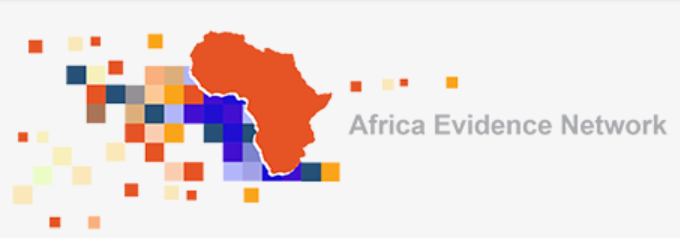
Not having sufficient evidence to understand a developmental problem and how to act on it can result in inefficient decision-making which can be costly in a resource-poor environment such as Malawi. However, having evidence to fully elucidate a development challenge is sometimes reliant on looking at a development challenge more closely.
So it was with Mr Anderson Kachomoza of the Ntchisi Health department who wanted to better understand why antenatal clinic (ANC) attendance by women in their first trimester was particularly low at some facilities in that district. It was Mr Kachomoza’s hope that once the reason/s for poor attendance were understood, it would be possible to identify steps towards ways of improving attendance rates.
Mr Kachomoza is one of the District Monitoring and Evaluation Coordinating Committee (DMECC) members who attended UJ-BCURE training workshops on Evidence-Informed Decision-Making (EIDM). He was also mentored – both by members of the UJ-BCURE Malawi team and the project partner Citizens’ Health – in group and individual mentorship sessions. Mr Kachomoza worked with the implementing partners and the Ministry of Local Government and Rural Development (MLGRD) to identify a sector-specific case study in which to apply the training he received as part of the training and mentoring activities of UJ-BCURE in Malawi.
The MLGRD, Citizens’ Health, and UJ-BCURE team members assisted Mr Kachomoza in fleshing out the sector-specific case study of ANC attendance in Ntchisi that he selected to work on as part of the UJ-BCURE mentorship programme. To do this, Mr Kachomoza received guidance and support on how to go about investigating the background of the problem, searching for what current interventions do/do not exist to address the challenge, questioning what information and data were needed to inform his understanding of the problem, and analysing what information and data might be needed to support possible interventions.
During this process, Mr Kachomoza recognised the need for answers: answers he could only get from the intended recipients of the ANC programme. Acting on guidance and with the support of UJ-BCURE, he commissioned interviews with 46 pregnant women, two chiefs, and seven health workers who shared their experiences around ANCs in Ntchisi. In addition, focus group discussions were carried out in the communities involving the village headmen and other community members. All this data-gathering illuminated the reasons behind low ANC attendance rates in some facilities in Ntchisi.
Firstly, the majority of women interviewed said they were not comfortable receiving injections or tablets when they felt well, illustrating a lack of awareness around what ANCs are and their importance. Secondly, pregnant women were unaware of some of the possible benefits of attending ANCs: they often preferred not to divulge their pregnancies in the first trimester for fear of embarrassment in the instance on miscarriage, unaware that ANC attendance could possibly prevent miscarriages. A third reason for low attendance was the traditional belief that witchcraft could affect a pregnancy, especially one that was disclosed early (within the first trimester). As such, many women tended to delay disclosing their pregnancies early. Finally, a cultural taboo of married women being touched by men other than their husbands acted as a barrier to pregnant women being attended to by male doctors at ANCs.
In addition to uncovering these reasons for low ANC attendance rates, Mr Kachomoza was also introduced by UJ-BCURE staff to sources of synthesised information that allowed him to better understand and access the broader maternal and child health evidence-base. He was also connected with a local NGO working to improve maternal and child health outcomes in Ntchisi district.
During the individual and group mentorship of DMECC members like Mr Kachomoza, the focus was maintained on topics or cases of applied learning that related directly to the daily work of each mentee. Retaining this ‘real world’ focus allowed the EIDM training received from UJ-BCURE to be applied in a practical way.
The DMECC members in Ntchisi have acquired skills that will continue to be used in their day-to-day work. Following on from this work, Mr Kachomoza intends to begin taking steps towards improving the ANC attendance rates of women in the first trimesters of their pregnancies. The possible steps he’s identified to achieve this goal include mentoring staff members in basic ANC guidelines; promoting better communication between health workers and pregnant women; and raising awareness about pregnant women’s rights. At a community level, Mr Kachomoza discovered a need for ANC sensitisation, where village heads and other traditional birth attendants advocate for women to visit ANCs early on in their pregnancies.
Mr Kachomoza recognises the importance of community involvement in making evidence-informed policy work at a local level. “At [a] community level we would also like to encourage men to go with [their] spouses to ANCs,” says Mr Kachomoza. He believes this will encourage male involvement in ANCs and mitigate the attendance barrier of having male doctors attending to pregnant women.
For more information on this exciting case of applied learning from our Malawi colleagues, refer to the recent UJ-BCURE film on Malawi.